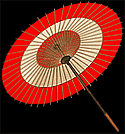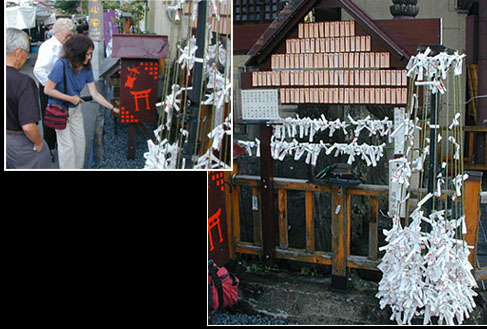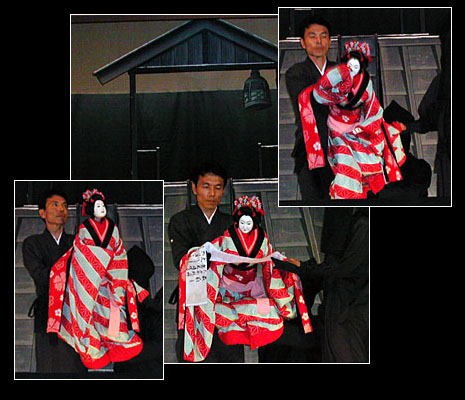


You see these fortune stands all over Japan. You pay ¥100 into a vending machine to get a small piece of paper (omikuji) that can predict luck, safety or good fortune. They are tied around the stand or a tree branch after reading either to make the good fortune come true and to avoid a bad one. |
There are temples and shrines throughout Japan. This one was in Kyoto. Shinto and Buddhism are the two main religions here. Shinto is the indigenous faith of Japan and Buddhism was imported to Japan in the middle of the 6th Century. |

| |
|
The Atomic Bomb Dome at Hiroshima. At 8:15 a.m. on August 6, 1945 an atomic bomb was exploded approximately 580 meters above and 160 meters to the southeast of the building. The entire city was virtually leveled, but because the blast arrived from nearly directly overhead, a portion of the walls of the Hiroshima Prefectural Products Exhibition Hall escaped destruction, cutting a symbolic figure along with the dome's steel frame. This photo was taken from the bridge that was used as the target for the bomb. | |
|
| |
|
A clock at Hiroshima permanently frozen at 8:15 surrounded by rubble left by the blast. |
The Cenotaph, erected in memory of the victims of the bombing was designed by Tange Kenzo. It contains the names of all those who died. You can see the Atomic Bomb Dome through the middle of the sculpture. |
|
In Hiroshima, we tried the famous Hiroshima Okonomi-Yaki. The Cook
grills okonomi-yaki on a big steel plate. Okonomi-yaki is cooked using
plenty of vegetables, thin yellow noodles or thick white noodles, and
a special sweet sauce. It was delicious. | |
|
|
